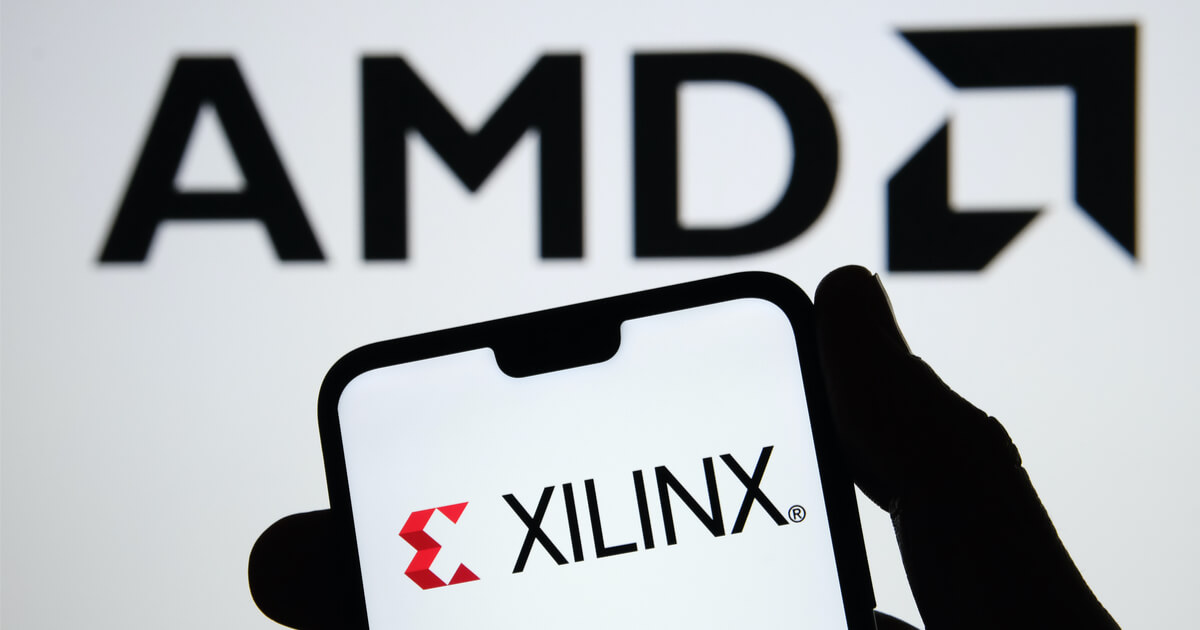 | Hi everyone. As I'm quite interested in this matter (i.e. energy consumption of a blockchain network), I find it probably appropriate for me to give a critical review on the article published by Juan Ibanez and his team at CBT-UCL about energy consumption of major blockchain/DLT networks and Hedera in particular. For starter, the full article (2023Paper) can be found here: The Energy Consumption of Proof-of-Stake Systems: Replication and Expansion by Juan Ignacio Ibañez, Francisco Rua :: SSRN It's worth noting that this article presents works developed on results/findings previously done and published in 2021 by Moritz Platt and his team at CBT-UCL and other institutions. This 2021Paper can be found here: https://arxiv.org/abs/2109.03667 First and foremost, key results/findings of Juan et. al.'s work are based formula [1] estimating energy consumption per transaction of a blockchain/DLT network (fig. 1) Fig. 1: energy consumption per transaction presented in 2023Paper There are two key issues related to this 2023Paper that should be further addressed: Issue #1: energy consumption of Hedera when it scales its number of validators and the correctness of the current mathematical model of energy consumption of a blockchain/DLT As presented in [1], the energy consumption per validator, p, its ratio with throughput of the network, p/l, and the two parameters k and lambda will define energy consumption per transaction. This leads to a few potential issues:
Fig. 2: Potential issues with the current power consumption estimation model in 2023Paper (page 4) Issue #2: The significant differences in energy consumption of different transaction types Ignoring this issue, as stated in in 2023Paper "We have not so far distinguished between transaction types" basically the biggest flaw of this research and its results/findings. And I'll explain why. Different transaction types will require different work that needs to be done by a blockchain network. Hence, depending on the transactions and their types that a blockchain network is designed to serve, the network will consume energy differently. As a result, a comparison on energy consumption per transaction for each transaction type is highly important and much more relevant than simply assuming that all transaction types are the same and use this flawed assumption to evaluate and compare energy consumption per transaction of blockchain networks. To understand more about the significance of this transaction type issue, think about this fact: Sending a message through validator nodes will require significantly less energy than a making a smart contract call which requires significantly higher computing power of the network. But how "significant" this transaction type issue is? Is there anyway to measure this? A good/practical way to measure the significance of this transaction type and its impact on energy consumption of a blockchain issue is to simply check the fee that a blockchain network charges for services it provide: “how much you have to pay for each service provided/supported by this network?”. As we often call it, we pay to get things done.
Now if we look at the Metrika report (Metrika), we'll see why the 2023Paper provides a very incomplete picture about energy consumption of Hedera and other PoS networks such as Algorand. As one can clearly observe in fig. 3 and 4, a blockchain designed to handle financial transactions in real time based on smart contracts such as Algorand is completely different from a blockchain that mainly handle event logging and timstamping activities through its HCS service such as Hedera. And in terms of energy consumption, reflected through the financial cost for purchasing computing power of the blockchain, if you are an individual, a design team, a company, or a government looking to build your financial products on a blockchain network which requires several smart contract calls per seconds (an AMM, an DEX, a stock-market exchange, etc.), would you really build it on Hedera instead of Algorand? The difference is simply remarkable and the answer is crystal clear. My final words to wrap of this critical review is, while significant works have been conducted by the research team, it is fundamentally flawed to use it results/findings to make such a bold claim that Hedera is the greenest blockchain/DLT. In fact, it is only "green" if it is and will be used mainly for event logging and timestamping as it has been used since inception. I look forward to everyone feedback. Thank you. [link] [comments] |

You can get bonuses upto $100 FREE BONUS when you:
💰 Install these recommended apps:
💲 SocialGood - 100% Crypto Back on Everyday Shopping
💲 xPortal - The DeFi For The Next Billion
💲 CryptoTab Browser - Lightweight, fast, and ready to mine!
💰 Register on these recommended exchanges:
🟡 Binance🟡 Bitfinex🟡 Bitmart🟡 Bittrex🟡 Bitget
🟡 CoinEx🟡 Crypto.com🟡 Gate.io🟡 Huobi🟡 Kucoin.




















Comments